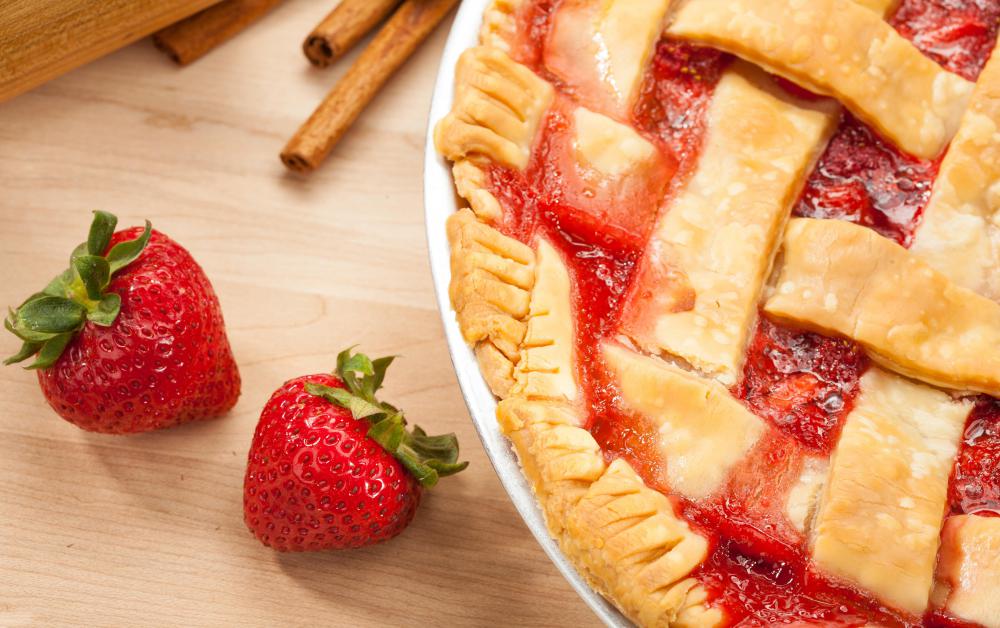At DelightedCooking, we're committed to delivering accurate, trustworthy information. Our expert-authored content is rigorously fact-checked and sourced from credible authorities. Discover how we uphold the highest standards in providing you with reliable knowledge.
What is Margarine?
Originally developed as an alternative to butter, margarine is vegetable fat that is processed into a spread that can be used in just about every recipe or application that calls for butter. Whether formed into sticks or processed into a soft spread that can be taken from the refrigerator to the table, margarine is available in a number of supermarkets, and is often priced at a very affordable rate. More recently, margarine sprays have become an important part of the food landscape in many nations around the world.
The range of uses for margarine runs a wide gamut. In cooking, it is often employed as an ingredient in the making of pie crusts, cakes, casseroles, and many desserts. The spread form is often found at the breakfast table, providing a quick and tasty addition to toast, hot biscuits, bagels, and English muffins. When melted, it also works well as an additive to baked potatoes and a topping on cooked green vegetables. At snack time, melted margarine is an excellent topper for freshly popped popcorn.

Generally, margarine is produced with a combination of different types of vegetable oils. Some brands tend to use soybean oil, whiles other favor corn oil. As part of the preparation process, the oil undergoes hydrogenation. The addition of more molecules of hydrogen to the mixture helps to achieve the solid texture required if margarine is to resemble the look and texture of a butter spread. Generally more easily spread than many forms of butter, this product was first touted to be a healthy alternative to the higher content of fat found in fresh butter.

One of the drawbacks is that the process of hydrogenation converts some of the unsaturated fats in the oils to saturated fats. However, a number of margarine products are now appearing that contain lower amounts of saturated fats, which has helped them to still be appealing to health conscious individuals. Currently, there are types on the market today that claim to have less than half the usual level of unsaturated fat in the product, without compromising the taste.
AS FEATURED ON:
AS FEATURED ON:












Discussion Comments
Okay, so what is the answer the butter/margarine question? Are they both bad for you?
I have heard all the above before, also that the hydrogenation process, makes margarine similar to paint, also heard about increasing the risk of various cancers.
which is better for your health, butter or margarine?
does margarine really have plastic in it?
Margarine was originally manufactured to fatten turkeys. When it killed the turkeys, the people who had put all the money into the research wanted a payback so they put their heads together to figure out what to do with this product to get their money back. It was a white substance with no food appeal so they added the yellow coloring and sold it to people to use in place of butter. How do you like it? They have come out with some clever new flavorings.
No, margarine does NOT have plastic. That's a variation on the urban myth that "margarine is
but one molecule away from being plastic." But that is the equivalent of asking whether or not corn oil or soy bean oil or peanut oil is "one molecule" away from being plastic. Or, humans, being a carbon-based lifeform, are one molecule away from being diamonds...or coal.
i heard margarine/soft spread had plastic in it? Is that right?
Post your comments